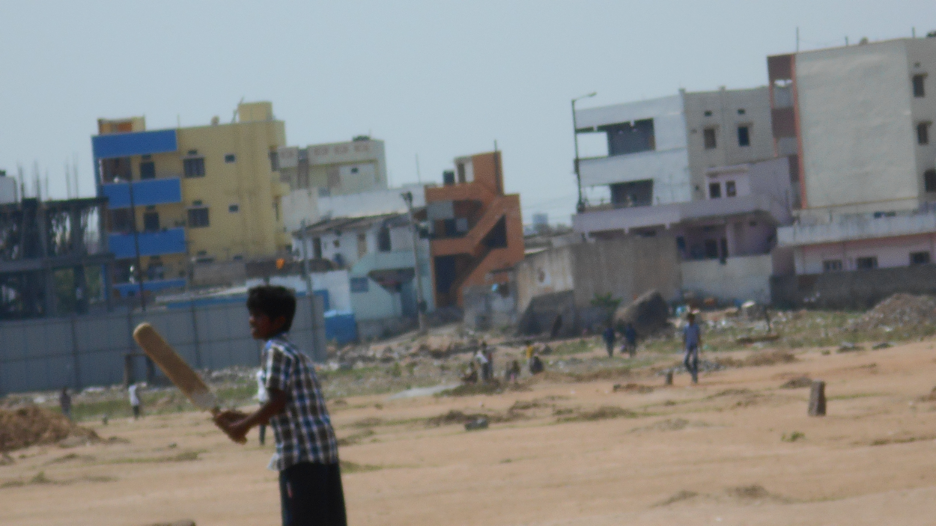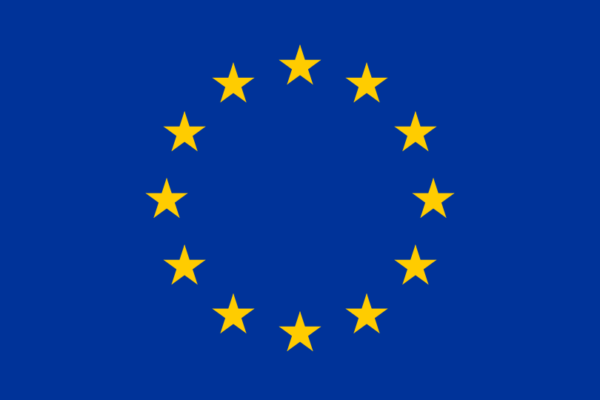Which ‘children’? Which ‘memory’?

Anonymous. photo0448. 2015. Children’s Photography Archive. https://cpa.childhoodpublics.org/archives/childrens-photography-archive/. Archive licensed under Creative Commons. Accessed on 3/23/2020.
When embarking on the journey of exploring relationships between memory and children, it seems essential to frame the notions we deploy, namely the ‘child’ and ‘memory’. When asking the question ‘how are children remembered in public memory’, which children are we referring to? And which public memory? Addressing those questions becomes particularly relevant when we explore the intersection of relatively recently established fields, such as those of memory and childhood studies, which appeal to researchers and practitioners carrying different epistemological baggage, methods and practical experience.
The Remembering Children Workshop was not an exception with regards to its participants’ diversity of backgrounds -after all, achieving this diversity was part of the Workshops’ aims. Paper contributions came from early-stage researchers as well as much more experienced ones, with backgrounds from history and sociology to museology, political science, arts, education, anthropology (and a few more I’m sure I’m forgetting to cite). Therefore, the child was at times defined more solidly and others more generically; sometimes it was placed at the center and others at the ‘periphery’ of the analysis; it was more or less geographically and temporarily framed; the ‘child’ age range reference varied from newborns to 18-year-olds. The United Nations Convention on the Rights of the Child (UNCRC, 1989) was acknowledged as a shared framework for understanding children as active social agents and some Workshop presentations adopted particularly relational approaches in exploring the relationship/s between children and memory.
The time- and place-perspectives to ‘the child’ varied significantly across Workshop contributions. Monica Patterson (Carleton University, Ottawa), for example, approached children ‘in the present’ through the lens of Critical Children’s Museology advocating for ways to enable or facilitate their participation from the conception of an exhibition all the way to its curation and even the museum’s organizational structure. On the other hand, Jenny Wustenberg worked with the child more ‘retrospectively’ through places of memory of dark pedagogies and the childhood memories of adults that grew up in these regimes. As another example, Janet Overfield Shaw (Southwell Workhouse Museum) presented her work at the museum with children’s voices through the archive and how we interpret their stories today. And Amy Williams (Nottingham Trent University) introduced a more transnational perspective from her research on Kindertransport through memorials.
At this point, it is equally important to conceptualize ‘memory’ as it is to conceptualize the ‘child’. To cite some examples, ‘memory’ was approached in different ways through the different Workshop contributions: memorials, museum exhibitions, digital technologies and personal cultural memory, culture and heritage. While it goes beyond the scope of this article to refer extensively to both these notions, my intention here is to draw the attention on the diversity of approaches and the importance to clearly define our starting point every time we employ these notions.
How do we remember children? (or) How do children remember?
The moment I ask this question, I simultaneously acknowledge the extent of its artificiality. My intention here is not to create polarization in which I don’t believe myself, but rather attempt to verbalize a constantly emerging problematization that the Workshop participants addressed repeatedly. As such, I see these questions as two different (although not mutually exclusive) approaches to the relationship between children and memory: that of how children are remembered in public memory; and that of how children remember and how they create their own memories. Regardless of the perspective, a handful of participants accentuated the importance of situating this relationship between memory and children in its historical context to avoid simplified narratives. The Workshop contributions were categorized in four panels which were playing around this relationship, sometimes sharpening and others blurring the ‘boundaries’ between these questions:
· Panel 1: Remembering Children: the big picture
· Panel 2: Children as (co-)creators of memories
· Panel 3: Children in Sites of Memory
· Panel 4: Cross-generational reverberations of childhood
The full list of paper contributions and participants can be found here.
Children as (co-)creators of memories
The second of the four panels of the Workshop was dedicated to children as (co-)creators of memories. The reason why I decided to look closer at this panel is that my own paper submission fell under this thematic.
A common thread cutting across the three presentations of this panel was the strong focus on participatory, action research approaches and arts-based methods as means to create bridges of collaboration between children and young people (of different age groups) and researchers; to facilitate their engagement in the co-production of memory; and understand their interpretations and approaches to memory-making. Rebecca Friend (Carleton University, Ottawa) worked with primary school children to understand their interpretations of Canadian memorials representing childhood. As part of her methodological approach, children participants were invited to use arts material and (re)create their own memorials to represent childhood. Her work challenges the traditional binaries through which childhood is often ‘curated’ in memorials (e.g. boy/girld; poor/rich) and advocated for children as historical actors and co-producers of knowledge, also through the collection of their material and immaterial culture. Kirrily Pells (UCL) emphasized the importance of memory as a connector between temporal, geographical and generational dimensions through her work with young people from Rwanda. In my presentation, I shared preliminary reflections on the engagement of young people as co-producers of memory through visual and creative ethnographic methods. I drew on work with a group of young research participants involved in the conception and implementation of an object-story Workshop, to explore the possibilities of this approach in grounding abstract matters of concern to the material and how such stories could be curated as part of an exhibition to the wider public.
What’s next?
I know that I started this article by asking some big questions which I by no means managed to cover. This hasn’t been my intention either, nor has it been the ultimate objective of this Workshop. What I wanted to share here as a valuable take-away message are the many diverse perspectives through which these questions at the intersection of children/childhood and memory can be approached, the Workshops effect to catalyze a more focused, interdisciplinary dialogue around them and the way it brought together a first network of researchers and practitioners whose work builds on these questions. Positionality, ‘impact’ and working with ‘difficult memories’ were prevalent issues for most reflection circles and discussions focused on how to collaborate efficiently to address them more effectively together.
This Workshop inaugurated the beginning of an ever-growing network of researchers and practitioners interested in the intersection of childhood and memory studies, how the one field helps us understand the other (and vice versa) and how this deeper understanding can guide actions towards more equitable and inclusive societies.
Interested in joining these discussions? Please, get in touch!
Elina Moraitopoulou is a PhD fellow at the EU funded research project Participatory Memory Practices -POEM at the Department of Cultural Anthropology, University of Hamburg and Ashoka UK, London-based NGO. Her research focuses on the role of schools in supporting children as social agents as this is reflected through institutional practices and children’s memories from their everyday lived experiences in school.
She holds an MSc in Interdisciplinary Approaches to Research and Education/ Educational Technologies from the Centre for Research and Interdisciplinarity & Paris Descartes University. Before moving to London, she lived, worked and studied in France and Greece. She can be reached at eamoraitopoulou@ashoka.org and @e_moraitopoulou.

